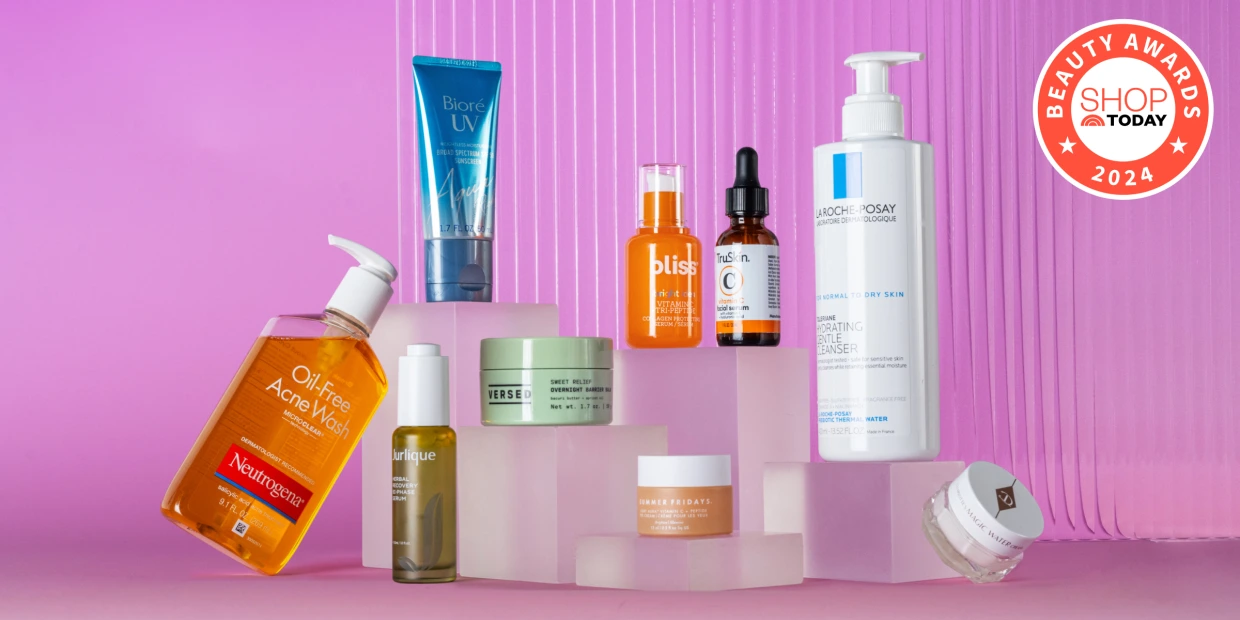
Acne has long been a frustrating and sometimes painful reality for people of all ages. Whether you’re a teenager navigating puberty or an adult facing unexpected breakouts, the journey toward clear skin can feel like a maze. With skincare technology and formulations constantly evolving, 2025 has ushered in a new generation of products, routines, and holistic practices that promise clearer, healthier skin.
In this article, we’ll walk through the causes of acne, modern treatments, lifestyle changes, and the rise of smart skincare. If you’ve ever felt overwhelmed by skincare options or unsure what your skin really needs, you’re not alone. Let’s explore how you can reclaim your skin’s natural glow and finally find a regimen that works for you.
Understanding Acne: More Than Just a Surface Issue
Before diving into solutions, it’s important to understand what acne is and why it happens. Acne occurs when hair follicles become clogged with oil (sebum) and dead skin cells. This can lead to whiteheads, blackheads, pimples, or even cystic lesions.
Several factors contribute to the development of acne:
-
Hormonal fluctuations: Particularly during puberty, menstruation, pregnancy, or menopause.
-
Excess oil production: Often genetically influenced.
-
Bacteria: Especially Propionibacterium acnes, which can aggravate inflammation.
-
Diet and stress: Emerging research suggests that processed foods, dairy, and stress can worsen breakouts.
-
Use of comedogenic products: Skincare and makeup that clog pores.
Understanding these root causes allows for a more targeted approach in treatment, rather than simply masking the symptoms.
The Evolution of Acne Treatments
Gone are the days when harsh alcohol-based toners and gritty scrubs were the only solutions. Today’s acne treatments are smarter, gentler, and more personalized. Some of the biggest game-changers in recent years include:
1. Niacinamide
A powerful anti-inflammatory ingredient, niacinamide helps reduce redness, control sebum production, and improve skin texture. It’s suitable for nearly all skin types and often paired with other acne-fighting components.
2. Salicylic Acid (BHA)
A beta hydroxy acid that penetrates deep into the pores to dissolve excess oil and debris. It’s especially effective for blackheads and whiteheads.
3. Retinoids
Prescription-strength or over-the-counter retinoids speed up cell turnover, reduce inflammation, and help prevent clogged pores. However, they should be used cautiously, especially when starting out.
4. Benzoyl Peroxide
Still a staple for its antibacterial properties, benzoyl peroxide targets the bacteria that contribute to acne. It’s often used as a spot treatment.
5. Azelaic Acid
This lesser-known gem is anti-inflammatory and antibacterial, and it also helps reduce hyperpigmentation left behind by pimples.
6. LED Light Therapy
Blue light therapy targets acne-causing bacteria, while red light therapy soothes inflammation and promotes healing.
Smart Skincare: The Role of Technology in Acne Management
2025 is not just about better products—it’s also about smarter skincare. Apps and AI-driven tools can now analyze your skin using just your phone’s camera and recommend personalized routines. Some devices even track moisture levels and skin pH to fine-tune product recommendations.
Wearable tech is also making waves. Devices that monitor stress levels and hormone fluctuations can predict potential breakouts before they happen, giving users a head start on prevention.
With so much advancement, it’s no surprise that consumers are looking for the Best acne products 2025 to keep up with these innovations. Choosing wisely based on your skin’s needs can make all the difference.
Lifestyle Changes That Complement Topical Treatments
While products play a vital role, achieving long-term results requires a holistic approach. Here are some key lifestyle adjustments that support clearer skin:
1. Clean Diet
Cutting back on sugar, dairy, and heavily processed foods can reduce inflammation and sebum production. Focus on whole foods, leafy greens, and omega-3 rich foods like fish and flaxseed.
2. Hydration
Drinking plenty of water helps flush out toxins and keeps skin cells plump and healthy.
3. Consistent Sleep Schedule
Lack of sleep triggers hormonal imbalances and stress, both of which can contribute to breakouts.
4. Stress Management
Mindfulness, yoga, or simply reducing daily stressors can significantly lower the frequency of breakouts.
5. Regular Exercise
Improved circulation helps nourish skin cells. Just be sure to cleanse your face soon after sweating to prevent pore blockage.
Natural and Minimalist Approaches to Acne
The minimalist skincare trend is rising in popularity. Instead of layering 10 products, more people are turning to skin fasting—giving the skin time to rebalance on its own. In many cases, using fewer but more effective products can reduce irritation and over-exfoliation.
Natural remedies like tea tree oil, green tea extract, and honey masks are making a comeback, supported by both anecdotal evidence and scientific research.
Still, natural doesn’t always mean better. Always patch test and consult with a dermatologist before introducing new ingredients.
What to Avoid When Treating Acne
Even with the best intentions, some habits can sabotage your skincare efforts:
-
Over-washing: Strips the skin of natural oils and can lead to more oil production.
-
Popping pimples: Increases risk of infection and scarring.
-
Skipping sunscreen: Many acne treatments increase sun sensitivity. Sunscreen protects and prevents post-acne marks.
-
Switching products too often: Skin needs time to adjust. Give a new product at least 4–6 weeks before evaluating its effect.
Building a Sustainable Routine
Your ideal skincare routine doesn’t have to be complicated. Here’s a simple yet effective daily regimen:
Morning:
-
Gentle cleanser
-
Hydrating toner or essence
-
Vitamin C serum (optional)
-
Moisturizer (non-comedogenic)
-
Sunscreen (SPF 30 or higher)
Night:
-
Gentle cleanser
-
Treatment serum (e.g., salicylic acid, retinoid, or azelaic acid)
-
Moisturizer
Optional weekly additions include clay masks, exfoliants, or LED therapy sessions. Always monitor how your skin responds and adjust as needed.
Final Thoughts: Clear Skin Is Possible
Acne can be deeply personal and emotionally draining, but the good news is that clear skin is more achievable today than ever before. Thanks to science-backed ingredients, smart technology, and holistic wellness, we now have a toolbox that can genuinely help.